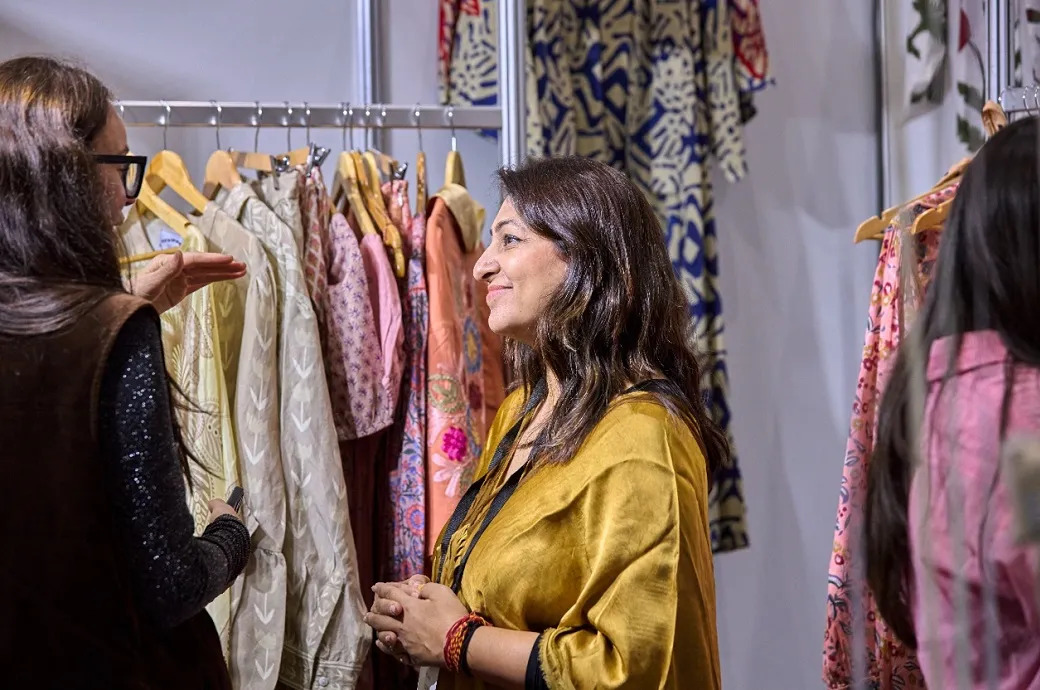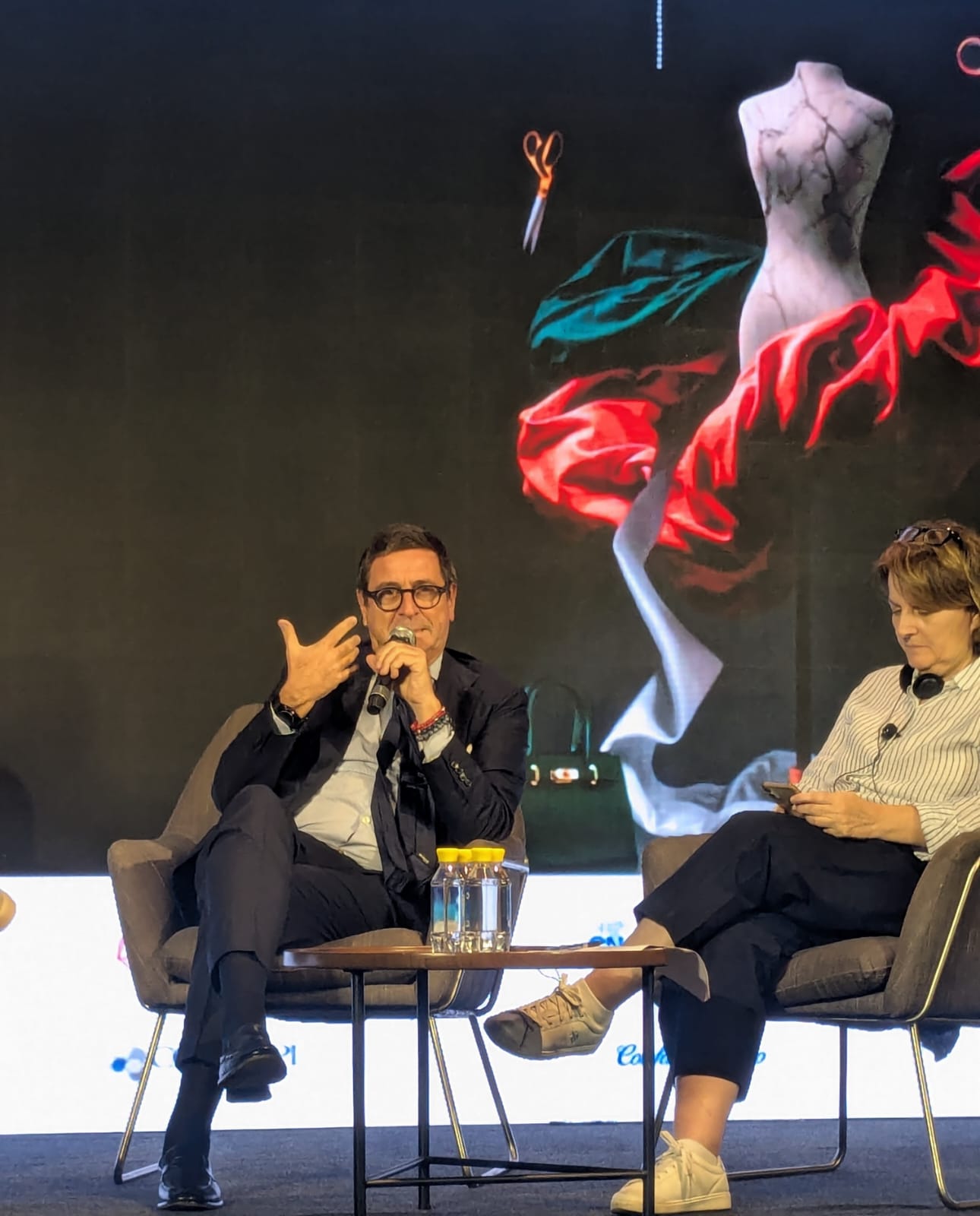FW
The European Union (EU) will give the GSP plus trade concession to Sri Lanka next year, says the country’s government.
Harsha de Silva, Deputy Foreign Minister said that the EU and the Sri Lankan Government are working together to regain the key trade concession. While speaking at an event attended by several garment factory workers and officials of the garment industry, he stated that they were working together with mutual respect to get it done by mid 2016 since they had established a government of good governance with respect for human rights.
A recent technical paper on the ‘World Economy’ showed that the loss of the trade concession had a negative impact, with the worst affected being the low-income workers in the cities, de Silva said.
When the former Government was in power after it failed to meet the criteria to continue as a beneficiary, Sri Lanka had lost the GSP plus trade concession from the EU. The new Government, however, had reapplied for the concession and had made commitments to meet the required criteria.
Philippines has begun preliminary negotiations to join the Trans Pacific Partnership (TPP) countries. But there is a possibility that joining the TPP might result in the Philippines’ getting flooded with duty-free American products.
The major textile and apparel countries – China, Bangladesh, Cambodia – are not going to join the TPP. This presents a golden opportunity for the Philippines to revive its textile and apparel industries.
Since China is organizing its own common market, the manufacturing hub of the TPP will be Vietnam and, hopefully, the Philippines. The Trans Pacific Partnership is envisioned to be similar to the European common market. The goal is to eliminate trade barriers, especially tariffs and quotas, among countries in the Asia Pacific region.
Joining the TPP will mean more jobs, faster economic growth and reduction in poverty. The biggest beneficiary of the TPP would be Vietnam. This country has the lowest wages compared to the other TPP members.
The United States is interested in joining because the TPP will open up new markets for its service industries. This will present potential competition for local companies in the financial and professional services.
The TPP will create the most powerful and wealthiest economic region in the world. The 12 countries now in the TPP account for 40 per cent of the world economy.
After three intense days at the Milano Unica Pavilion, the 8th edition of Milano Unica China ended on a positive note.
“I conclude my term today, at a tradeshow that once again has confirmed its appeal to the top-end Chinese market. The positive outcome of Milano Unica China VIII demonstrates that even a more demanding market can find answers among the textile-accessories proposals of our exhibitors,” confirms Silvio Albini, President of Milano Unica for eight seasons, who officially handed over the leadership of Milano Unica World to Ercole Botto Poala.
Satisfaction reigned among the 94 exhibitors who presented their F/W 2017 collections to a market which is always open to innovation and research by the Italian textile-accessories industry. Guided by a stunning and highly acclaimed trend area, guests were able to visit stands with clear ideas about the type of product they were looking for, geared to top-end Chinese fashion.
Attendance rose three per cent over the previous October 2014 figures. The women's wear market is growing and has become part of Chinese high society, and the classic menswear market is also on the rise, together with a new sector dedicated to leisurewear which is beginning to take hold. Even though it does not directly affect the number of visitors, the new image of a united Made in Italy, that promotes its production chain with elegance and style, has certainly had an impact on a population which is already fascinated by the glamour of the Italian lifestyle.
“The presence of Filo together with Milano Unica, featuring seven ‘pioneer’ spinners in China, and at the same time ‘La Moda Italiana’ in the enormous fair headquarters in Shanghai, demonstrates that things have changed and much more can also happen”, emphasizes Massimo Mosiello, General Manager
www.milanounica.it
Bringing together the world’s most influential textile business leaders to debate issues of strategic importance to the global industry, the World Textile Summit is perhaps one of the most unique one-day events.
To be held on November 1, 2015, the summit will address what really matters to strategic decision makers such as what returns can be expected from capital investment in clean technologies, and what do investors think about sustainability issues.
Aloe Group’s co-founder, Vivek Tandon will set off as to why strong sustainability credentials can help a business to attract investment from capital markets. The mission of the company, it states is to develop hard-asset based companies, which provide proven technological solutions to environmental and social challenges, especially those experienced by the high growth markets of Asia. The company will base its approach on the UN Global Compact.
Paula Oliveira, Director, Interbrand will explore, through their commitment to sustainability, how companies can differentiate themselves from their competitors and further build a unique identity that will attract customers.
A recent survey of CEOs by the United Nations Global Compact on sustainability, revealed that 'brand trust and reputation' were their top reasons for taking action on sustainability. This is what Oliveira’s advice was based on. Others, though, stress that sustainability must be about driving substantial and authentic change and warn regarding the temptation of 'green-washing', which can undermine trust.
www.worldtextilesummit.com
India’s share in the global apparel trade has remained modest, with a share of just four per cent last year. The country’s market share in world trade has not significantly changed despite the depreciation of the Indian rupee during the last three years.
While China, Bangladesh and Vietnam have increased their share in the global apparel trade substantially, India's share has remained modest despite the fact that India is among the largest producers of cotton and man-made fiber and has the second largest capacity for spinning and weaving.
China is the largest apparel exporter on account of the largest global capacities across the textile value chain. The fragmented nature of the weaving, processing and garmenting industries, the low levels of modernisation, high costs of production, the modest share of non-cotton apparel and a reliance on imported machinery across the textile chain have been the key factors which have constrained growth in India's apparel exports.
It is the spinning sector that has mainly availed of the benefits of the flagship program for textile sector upgradation, the Technology Upgradation Fund Scheme. The downstream sectors (weaving, processing and garmenting) have witnessed limited participation. The domestic apparel market has grown at a mean annual growth rate of 10 per cent over the last five years.
Recently, at HCM City's War Remnants Museum, a collection of Vietnamese ao dai and Indian saris was showcased at a fashion show held there.
Organised by the Indian Consulate General of HCM City and the Ao Dai Museum, Ao Dai and Sari—An Ever Unbreakable Friendship was held to celebrate Vietnam Women's Day.
Over 50 designs made with high-quality materials were featured on the catwalk. Women of the Indian community presented nearly 20 elegant and charming designs of saris in bright colours.
Designers, at the Ao Dai Museum offered Vietnamese models ao dai, which they wore. The outfits were made of silk and voile decorated with printed images of flowers and sparkling details.
Pham Huong, Vietnam Miss Universe 2015 was invited to perform on the catwalk in both, the sari and ao dai. Duc Hai, Vietnamese supermodel was also paired with Huong in the ao dai catwalk. Indian artists performed at the event as also Vietnamese war veterans and the famous singer, Nguyen Phi Hung.
Consul General of India in HCM City, Smita Pant said that the show was expected to encourage the young generations of India and Vietnam to learn more about their traditional costumes, and to preserve and promote them. Also, the collections would open for another fashion show in December. This show, organised by famous ao dai designer Si Hoang, present Vietnamese costumes made in Indian traditional fabrics.
From January to August, the prime operating revenue of the textile garment and accessories sector in China rose six per cent year-on-year.
Total profits saw a 7.5 per cent growth year-on-year. The prime operating revenue of the leather, fur, down and shoe-making sector was up 6.7 per cent year-on-year and total profits were up six per cent. China’s textile industry has maintained steady growth despite facing challenges and difficulties such as the cotton price gap at home and abroad, the impact of imported cotton yarn, the ups and downs of cotton prices, and increasing labor and power costs.
The industry has shifted from high speed growth to medium speed growth and entered into a new phase of deepening restructuring and accelerating transformation and upgrading.
There has been a 6.34 per cent decline of garment exports in the past eight months. In the same period the output of chemical fibers increased 10.24 per cent year-on-year with the output value rising 11.4 per cent. The textile industry’s fixed asset investment grew 15.7 per cent year-on-year.
Benefiting from the sharp price drop of bulk commodities, especially crude oil price, in the international market, for the chemical fiber sector, the cost of raw materials declined faster than the prices of chemical fibers.
Ethiopia is to get two million units per annum capacity plant from Raymond, to manufacture and export woollen-blended, and cotton-blended jackets. This plant is being built at a total investment of $100 million and also to take advantage of a more favourable duty structure and local incentives.
The import duties of 1 per cent would not be applicable if Raymond exports from Ethiopia to the US, which it has to pay if it exports from India. Exporting to Europe from Ethiopia would save the company 8 per cent-12 per cent in terms of import duties while exporting to Japan would give it a preferential access. This is because Ethiopia has a 10-year duty-free trade agreement with the US, Europe and a preferential trade pact with Japan, whereas no such agreements or advantages are there for India.
The Ethiopian government is also providing land on long-lease to Raymond. It will also get electricity a third of the cost of power in India, apart from the labour charges, which are almost half of India. Therefore, the cost of production for Raymond would reduce in Ethiopia, with favourable trade pacts combined with lower operating costs. It would also provide greater access to two of the biggest market, the US, and Europe, and a preferential access to Japan, which is another large market, making it able to compete with other global companies.
Gautam Hari Singhania, Chairman and Managing director of Raymond, said about the move to Ethiopia that the growth prospects of Indian textile sector were ‘constrained by many challenges’ and globally, favourable trade policy reforms would allow the industry to expand its trade partners, improve its export competitiveness and contribute substantially to the nation’s income.
www.raymond.in
According to a stock market disclosure, the deal signed with Oasis Procon, by Wadia Group’s textile firm Bombay Dyeing & Manufacturing Company (BDMC) has been cancelled by the Wadia Group. The deal was for the sale of its textiles processing unit at Ranjangaon in Maharashtra.
The Delhi-based a textile manufacturer, Oasis Procon was required to complete the proposed transaction by July 31, 2015, according to the term sheet; however, it did not meet the deadline.
Bombay Dyeing had agreed to sell the textiles processing unit to Oasis Procon for Rs 230 crores ($36.2 million) in May 2015. The company also decided not to engage in the business of export of bed linen or bed linen fabric to the US for five years from the closing date as per the terms of the deal. The deal is part of the company’s plan to raise funds to repay existing loans, enhance working capital, and for other general business purposes.
Now, for the sale of this unit, Bombay Dyeing will negotiate with other potential buyers and seek the approval from its shareholders at the appropriate time. However, this won’t impact the company’s existing retail business Home & You.
www.bombaydyeing.com
Sunil Porwal, Additional Chief Secretary, Co-operative, Marketing and Textiles Department, Government of Maharashtra said that Maharashtra plans to open eight more textile and apparel mega parks in cotton belts to boost textile exports. The parks are to be opened in Beed, Jalgaon, Aurangabad, Buldhana, Akola, Parbhani and Jalna.
Porwal stated that pre-approved land banks would be earmarked by the end of November 2015, which is in addition to a mega park of 500 hectare already initiated by them in Amravati. They are offering interest subvention subsidy on machinery from 20–25 per cent and are also committed to put in proper affluent treatment plants along with these parks to protect the environment, he added.
At the CII Texcon 2015, a report on ‘Make in India’ for the textile and apparel sector released by Confederation of Indian Industry (CII) and Wazir Advisors urges for the government’s need to aggressively enter into as many Free Trade Agreements (FTAs) as possible with select textile markets in Asia and European Union. This is to safeguard the Indian textile and apparel industry against the impact of the Trans-Pacific Partnership (TPP) between USA and 11 other Asia-Pacific countries, mentioned the report.
To qualify for duty-free treatment, the yarn and fabric used in final product has to be manufactured in one of the free trade partners, under the pact. At present India exports yarn and fabric to Vietnam, which then exports the finished products to countries such as US; thus, the TPP will adversely impact the Indian textiles industry.












